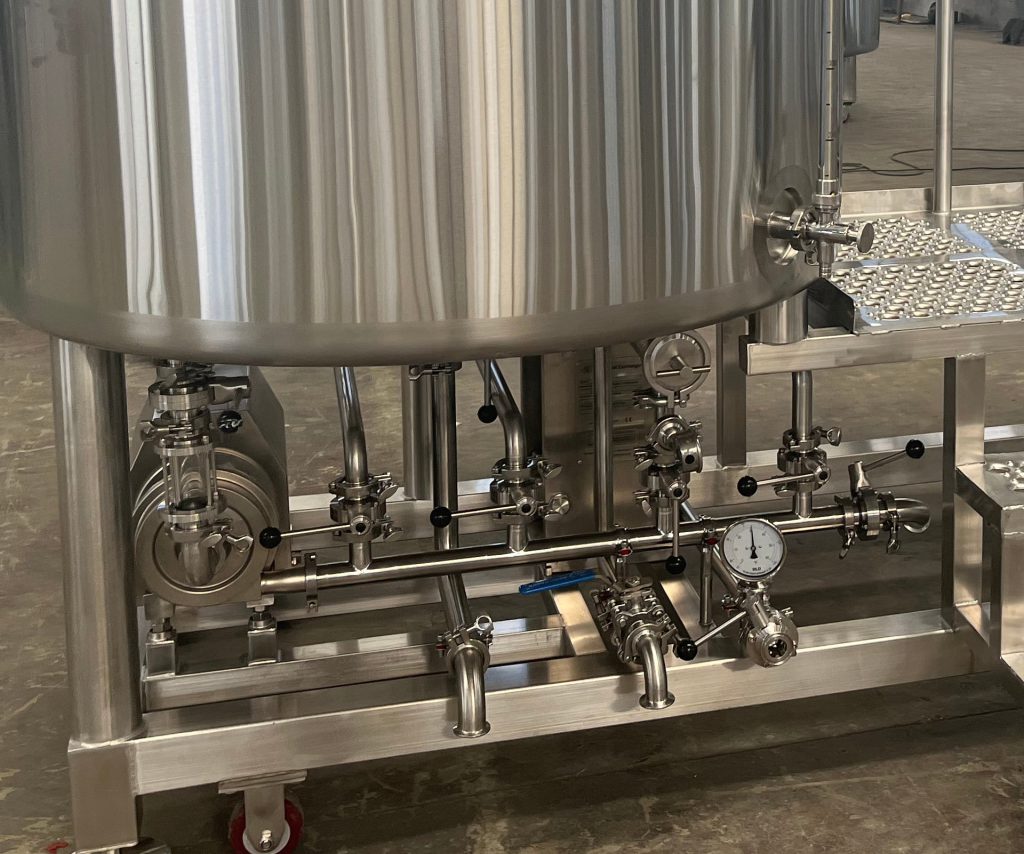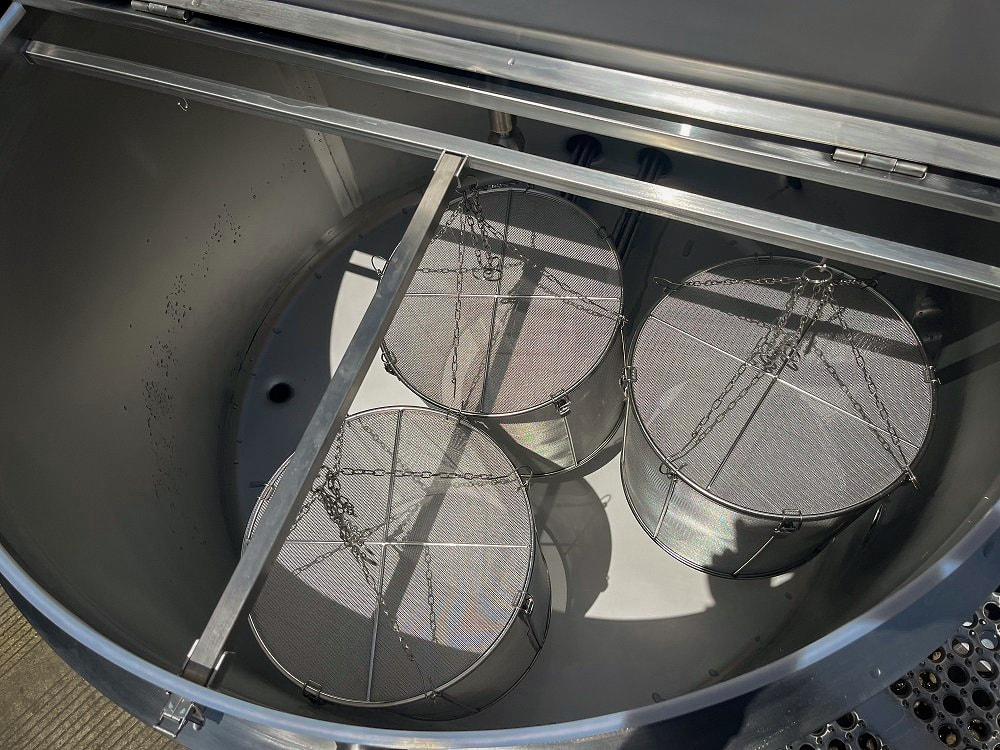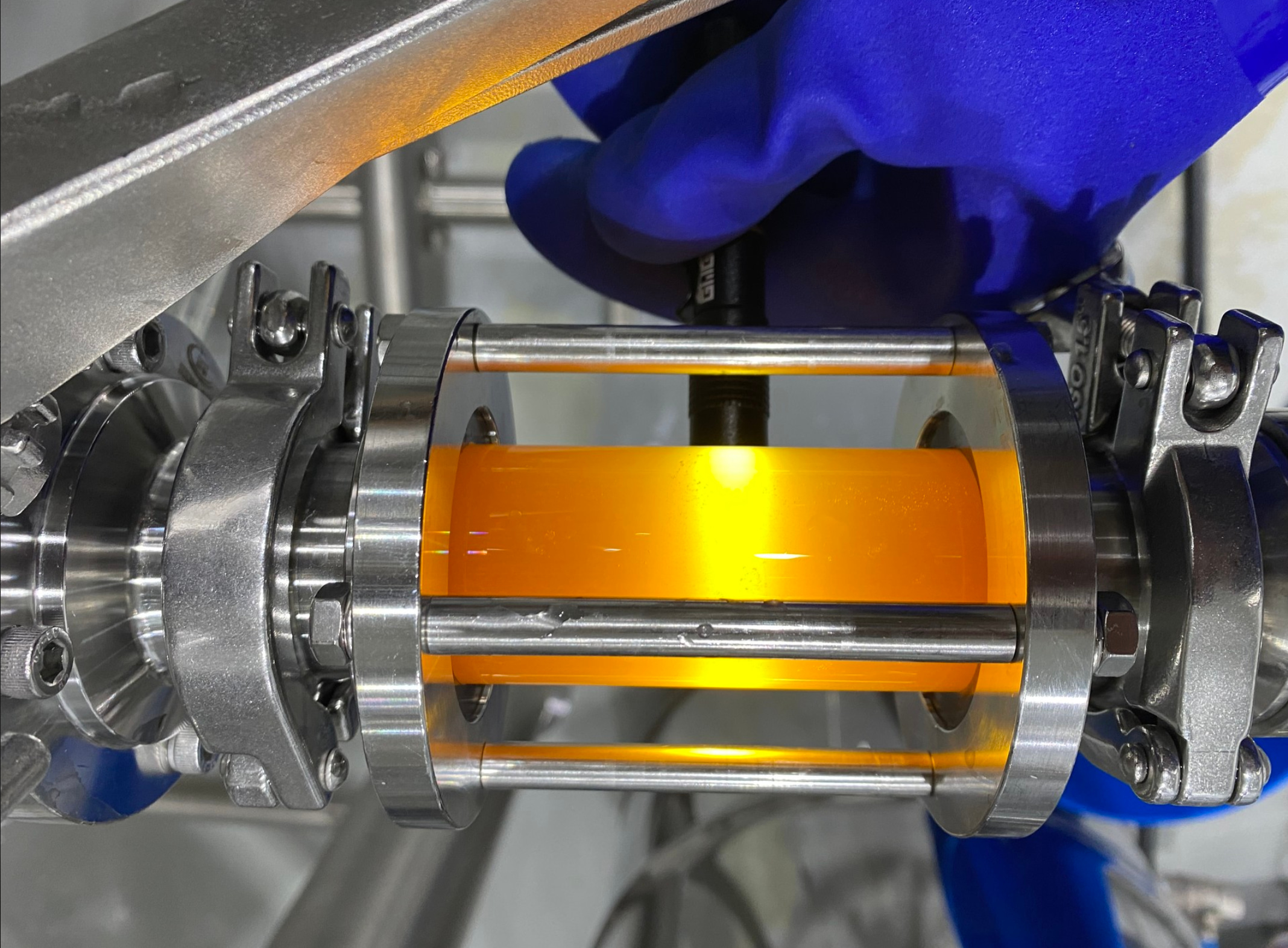Introduction
Kombucha, a fermented tea drink that has captured the interest of health enthusiasts around the world, requires a special setup for brewing. One of the most critical components of this setup is the kombucha brewing vessel. Choosing the right vessel can not only impact the quality and flavor of your kombucha but also the ease and safety of the brewing process. This blog explores various aspects of selecting the ideal kombucha brewing vessel for home brewers, ensuring both quality and functionality.
Types of Kombucha Brewing Vessels

When it comes to kombucha brewing vessels, brewers can choose from a variety of materials and designs. The most common types include glass, ceramic, stainless steel, and plastic. Each type has its advantages and drawbacks:
Glass Vessels
Glass is a popular choice due to its non-reactive nature, which means it won’t interact chemically with the kombucha during fermentation. It’s also easy to clean and allows brewers to visually monitor the fermentation process. However, glass can be fragile and heavy, especially in larger sizes.
Ceramic Vessels
Ceramic vessels offer an aesthetic appeal and are generally safe for brewing kombucha as long as they are coated with a lead-free, food-safe glaze. The opaqueness of ceramic can be advantageous for protecting kombucha from excessive light, which can disrupt the fermentation process.
Stainless Steel Vessels
Stainless steel is durable, lightweight, and resistant to breakage, making it a great option for kombucha brewers. It’s also completely non-reactive. However, the inability to see through the vessel can be a downside for some brewers.
Plastic Vessels
While plastic vessels are the most affordable and lightweight option, they are generally not recommended for kombucha brewing due to the risk of scratching and leaching chemicals into the kombucha, especially if the plastic is not food-grade or BPA-free.
Considerations for Choosing the Right Vessel
Selecting the right kombucha brewing vessel involves considering several factors beyond just material. Here are the key considerations:
- Size and Capacity: The size of the vessel should be chosen based on the amount of kombucha you plan to brew. A typical home brew might require a vessel ranging from one to five gallons.
- Shape: The shape of the vessel can affect the surface area of the tea exposed to air, influencing fermentation. Wide-mouth vessels are typically preferred for ease of access and cleaning.
- Airtight Sealing: A good seal helps prevent contaminants like dust and insects from entering the vessel, while allowing gases produced during fermentation to escape.
- Ease of Cleaning: Choose a vessel that is easy to clean without nooks and crannies that could harbor harmful bacteria.
The Best Kombucha Brewing Vessels: A Comparative Analysis
| Vessel Type | Pros | Cons |
|---|---|---|
| Glass | Non-reactive, easy to monitor | Fragile, heavy |
| Ceramic | Aesthetic, light-protective | Must be lead-free glazed |
| Stainless Steel | Durable, lightweight | Cannot see through |
| Plastic | Affordable, lightweight | Risk of leaching, scratches |
Kombucha Brewing Tips and Tricks

Here are some tips and tricks to enhance your kombucha brewing experience:
- Temperature Control: Maintain a consistent temperature between 68-78 degrees Fahrenheit to ensure optimal fermentation.
- Regular Cleaning: Keep your brewing vessel and all equipment used in the process meticulously clean to avoid contamination.
- Batch Tracking: Keep notes on your brewing times, ingredient ratios, and flavor outcomes to refine your process over time.
Conclusion
Choosing the right kombucha brewing vessel is crucial for any home brewer looking to make high-quality kombucha safely and efficiently. By understanding the different types of vessels available and the factors to consider when choosing one, brewers can ensure their brewing setup is optimized for the best possible results. Remember, the key to great kombucha starts with the right vessel, so choose wisely and enjoy the brewing journey!
FAQ
What is the best material for a kombucha brewing vessel?
Glass is generally considered the best material due to its non-reactive nature and ease of monitoring the fermentation process.
How big should my kombucha brewing vessel be?
It should be large enough to hold the amount of kombucha you plan to brew regularly, typically between one and five gallons for home brewers.
Can I use a metal vessel for brewing kombucha?
Yes, but ensure it is made from stainless steel, which is non-reactive and safe for brewing kombucha.
How often should I clean my kombucha brewing vessel?
Clean it thoroughly before and after every brewing cycle to prevent mold and bacterial contamination.

